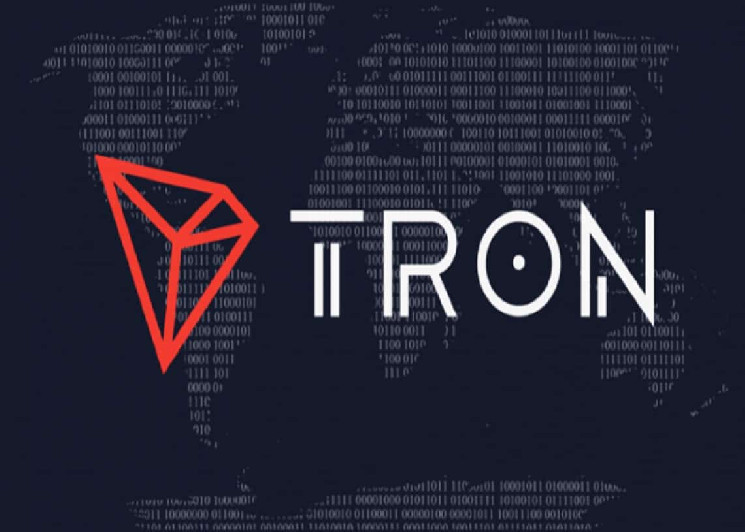In a recent Bloomberg News article by Olga Kharif and Yueqi Yang, the intricate details surrounding stablecoins are thoroughly examined, especially in the wake of Silicon Valley Bank’s collapse. The report sheds light on the delicate balance stablecoins maintain between the crypto universe and traditional financial systems, emphasizing their potential to both stabilize and destabilize markets.
Stablecoins’ Stability Put to the Test
Kharif and Yang delve into the aftermath of Silicon Valley Bank’s failure, which resulted in Circle Internet Financial Ltd. being unable to access $3.3 billion of its USD Coin (USDC) cash reserves. This incident caused a panic among traders, leading to USDC’s value momentarily dropping below its $1 peg. However, the government’s intervention ultimately restored USDC’s price, prompting Circle to bolster the market infrastructure behind USDC to establish it as the most reliable digital dollar on the internet.
The Interconnectedness of Crypto and Traditional Finance
The article highlights the growing interconnectedness between stablecoins, valued at $136 billion as of late January, and traditional financial markets. This relationship raises concerns among experts, with fears that stablecoins’ integration into mainstream financial activities could pose risks to the broader system.
Major Financial Institutions Embrace Stablecoins
Despite skepticism from some figures, major financial entities are increasingly adopting stablecoins. For instance, BlackRock Inc. now manages USDC reserves, and Bank of New York Mellon Corp. custodies them. This involvement of traditional finance giants in the stablecoin space signifies a shift towards recognizing the utility and profitability of these digital assets, especially in light of the Federal Reserve’s rate hikes, which allow stablecoin issuers to collect yields from investments in traditional financial instruments like US Treasuries.
Regulatory Concerns and the Future of Stablecoins
The report also touches on the regulatory landscape, noting comparisons of stablecoins to money-market funds and the potential for stablecoins to trigger financial instability. Various instances of stablecoin runs and the risks they pose to asset markets backing these tokens are recounted. There is an urgency for clear regulatory frameworks to mitigate these risks, with calls for stablecoin issuers to be subject to the same regulations as banks.
Innovation Amid Regulatory Uncertainty
Despite regulatory challenges, traditional finance giants and crypto-native entities are exploring stablecoins’ potential to revolutionize payments and settlements. Companies like PayPal Holdings Inc. and MoneyGram International Inc. are developing stablecoin-based services, indicating a broad interest in leveraging blockchain technology to enhance financial transactions.









